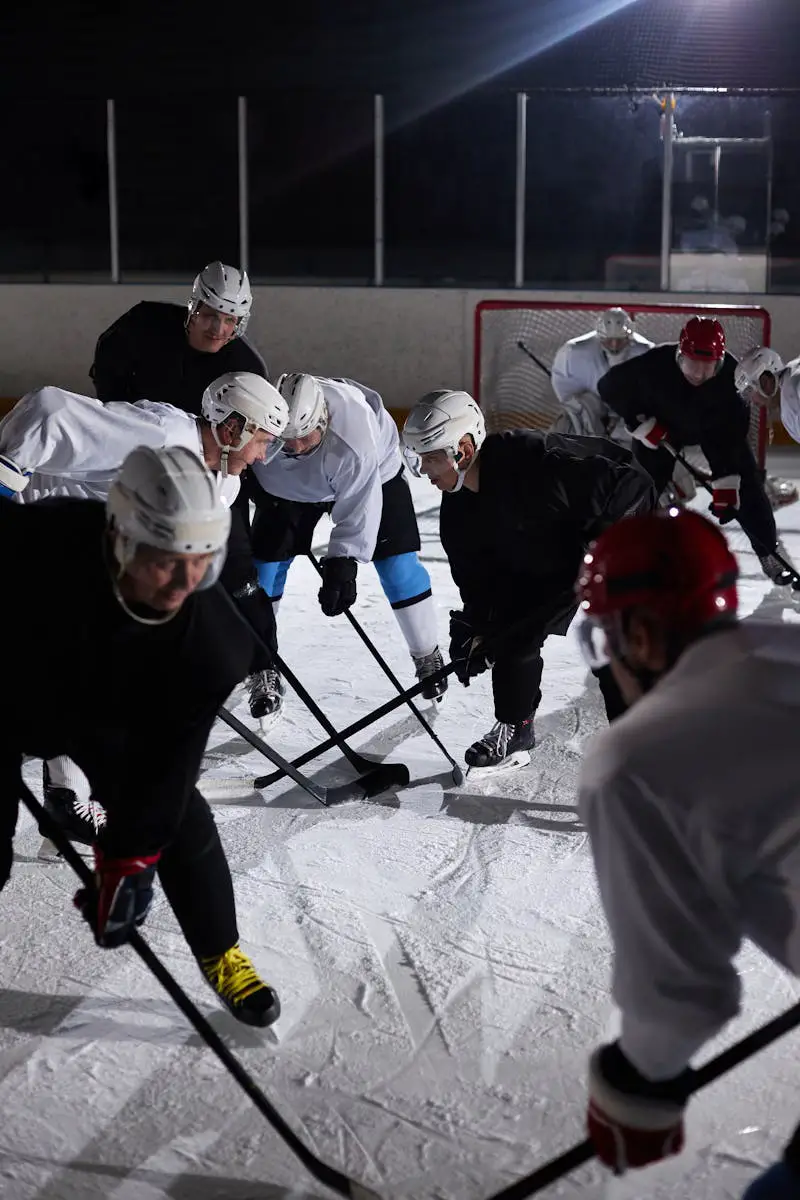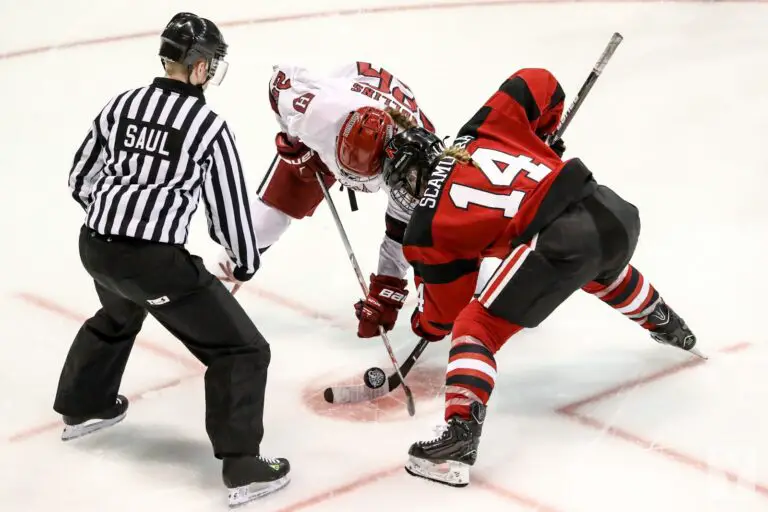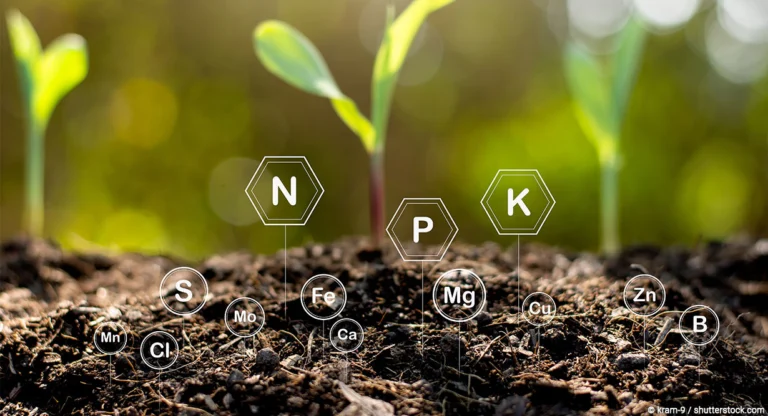Street Hockey Pucks vs. Ice Hockey Pucks: A Comparative Analysis
Hockey has long been a sport of passion and prowess, drawing lines across both street corners and expansive ice rinks the world over. Central to the game’s kinetic displays are its silent protagonists, the pucks. But the hockey universe isn’t one-dimensionally created. It’s layered and varied, much like the pucks that are wielded within it. Here, we’ll explore the nuances of street hockey pucks and their ice-cold counterparts, uncovering the differences and similarities that make each critical to their respective gameplays.
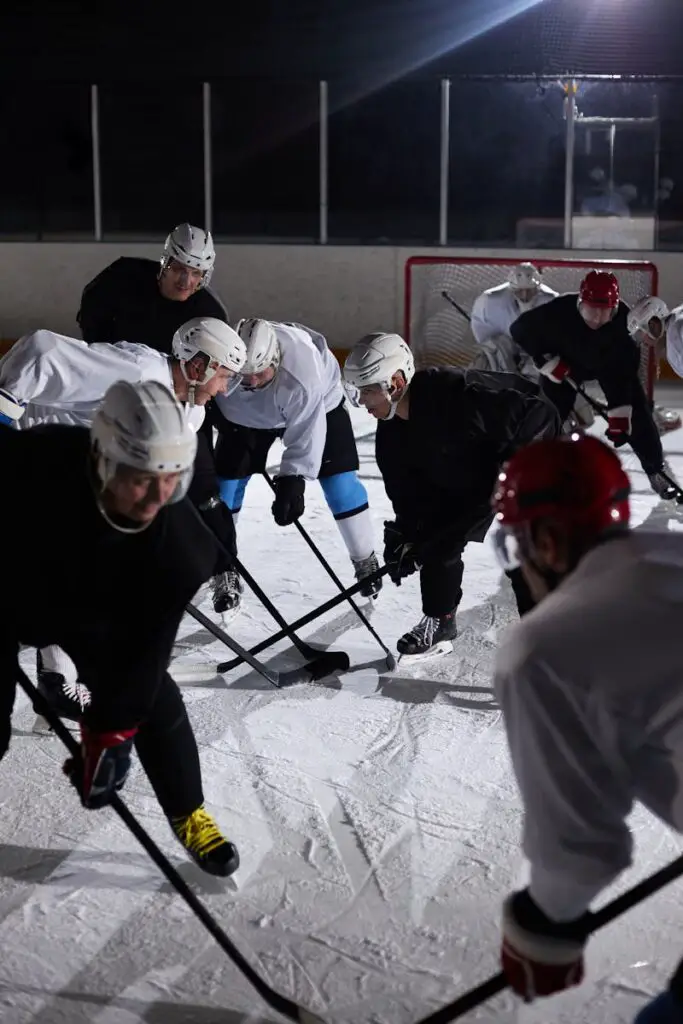
Material and Design
The Raw Stuff of Pucks
Street hockey pucks are crafted from molded plastics, typically heavier, denser options known for withstanding the rugged nature of asphalt and cement surfaces. In contrast, ice hockey pucks are designed for the slick, smooth surfaces of rinks, allowing for more controlled gliding and less friction-induced warping.
Discerning Design
The physical design of street pucks often includes a series of ridges or indentations along the edges, providing greater stability on often unpredictable terrains. Ice hockey pucks feature a smooth, uniform shape to maximize slide and minimize displacement.
Durability and Performance
Endurance Under Pressure
Street hockey pucks are robust, built to endure the punishment of rough play and inconsistent surfaces without sustaining catastrophic damage. Ice pucks, while durable, require a more controlled environment for their optimal performance and are more susceptible to wear and tear.
Getting the Game in Full Swing
The resilience of street hockey pucks impacts performance by allowing for stronger shots and enhanced precision, compensating for the lack of controlled gliding on less forgiving surfaces. Ice hockey pucks excel in fluid motions, offering a balanced interaction with the ice’s slippery allure.
Playing Surface Considerations
Where the Rubber Meets the Road
The playing surface is a paramount consideration for selecting the right puck. Asphalt and cement provide a significantly higher coefficient of friction than ice, necessitating a puck that can handle these environmental factors. On the flip side, the low friction of ice demands a smooth puck for optimal ease of play.
The Role of Friction
Friction is the silent adversary, or ally, in a hockey game. Street hockey pucks must overcome a range of frictional challenges, from grinding starts to sudden stops, demanding durability and energy management. In contrast, the low friction of ice allows for swift movements with less effort, but also requires players to handle the increased speed and momentum of the game.
Cost and Accessibility
The Dollar and Sense of It
Street hockey pucks are typically more economical, designed to be purchased and replaced with relative frequency due to the wear associated with their playing environment. Ice hockey pucks can be more costly, especially for those looking to practice at home with rink-quality equipment.
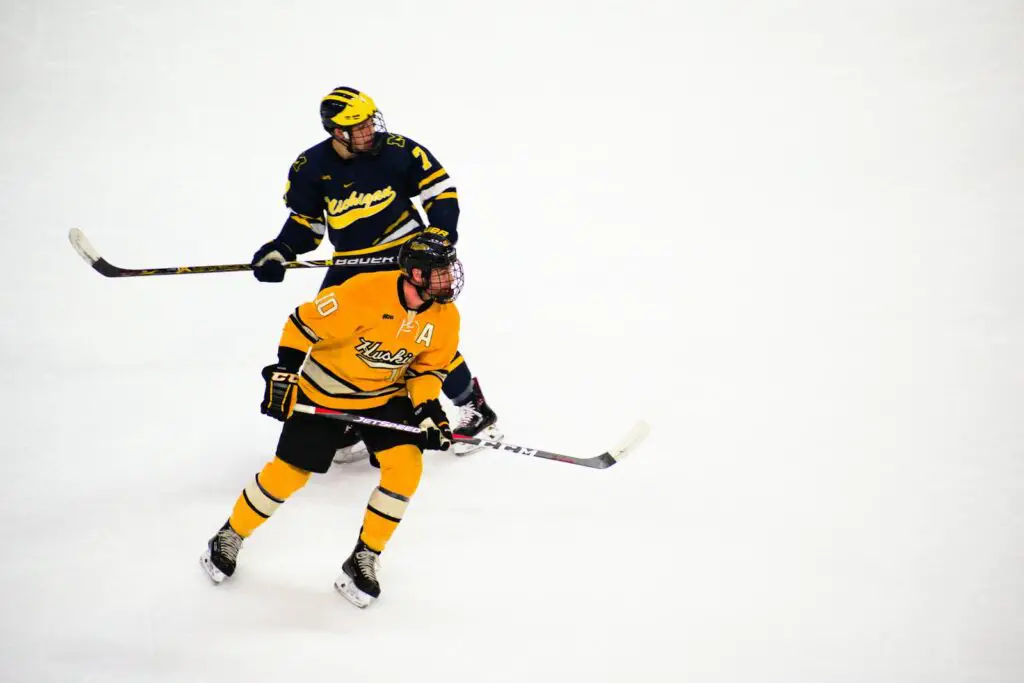
Available to Play
Street hockey’s accessibility shines here; all you need is a puck and a stick, and you’re good to go. Contrast this with the need for an ice rink, or at the very least, an artificial ice surface, and the accessibility of ice hockey becomes its challenge, especially outside traditional hockey-playing regions.
Impact on Game Experience
The Pulse of the Game
The puck is the pulse of a hockey game, dictating the tempo and flow of play. Street hockey enthusiasts are familiar with the relentless nature of the game, where durability and responsiveness are paramount. In the smooth ballet of an ice rink, precision and control are celebrated, favoring ice hockey pucks.
Unique Characteristics and Gameplay
Each type of puck brings something unique to the experience. Street pucks, with their greater weight, challenge players to build strength and accuracy, enhancing their skills over time. Ice hockey pucks with their smoother glide and sharper deflections, require precise and powerful movements to maximize their potential.
Conclusion
By examining these critical factors, we paint a vivid picture of the distinct roles street hockey pucks and ice hockey pucks play in shaping game dynamics and player experiences. Through their durability, performance, interaction with the play surface, cost, and overall availability, we see how each variety caters to a specific hockey environment. The decision between street and ice hockey pucks is not merely about choosing a tool for play—it’s about selecting the catalyst for an entire world of hockey adventure.
For those captivated by the thud and streamlined trajectory of pucks on the ice, their street counterparts stand as a testament to ingenuity amidst adversity, carving their own space in the broader hockey narrative. Whether your heart beats for the urban beatdown of street hockey or the elegant dance of ice hockey, it’s the humble puck that remains at the epicenter of it all, silent witness to the stories and legends spun on countless street corners and under the glare of arena lights.
In the end, the choice between street hockey pucks and ice hockey pucks is not one of competition, but of context and definition. Both are indispensable in their respective worlds, both worthy of the crafts they serve. Engage with your preferred puck, and remember, it’s not just about the game, but the entire culture and community that it sparks. Whether the soundtrack to your game is the echoes of skate blades or the hum of city life, the puck’s bounce remains a universal language spoken by those drawn to the rinks and streets alike.
